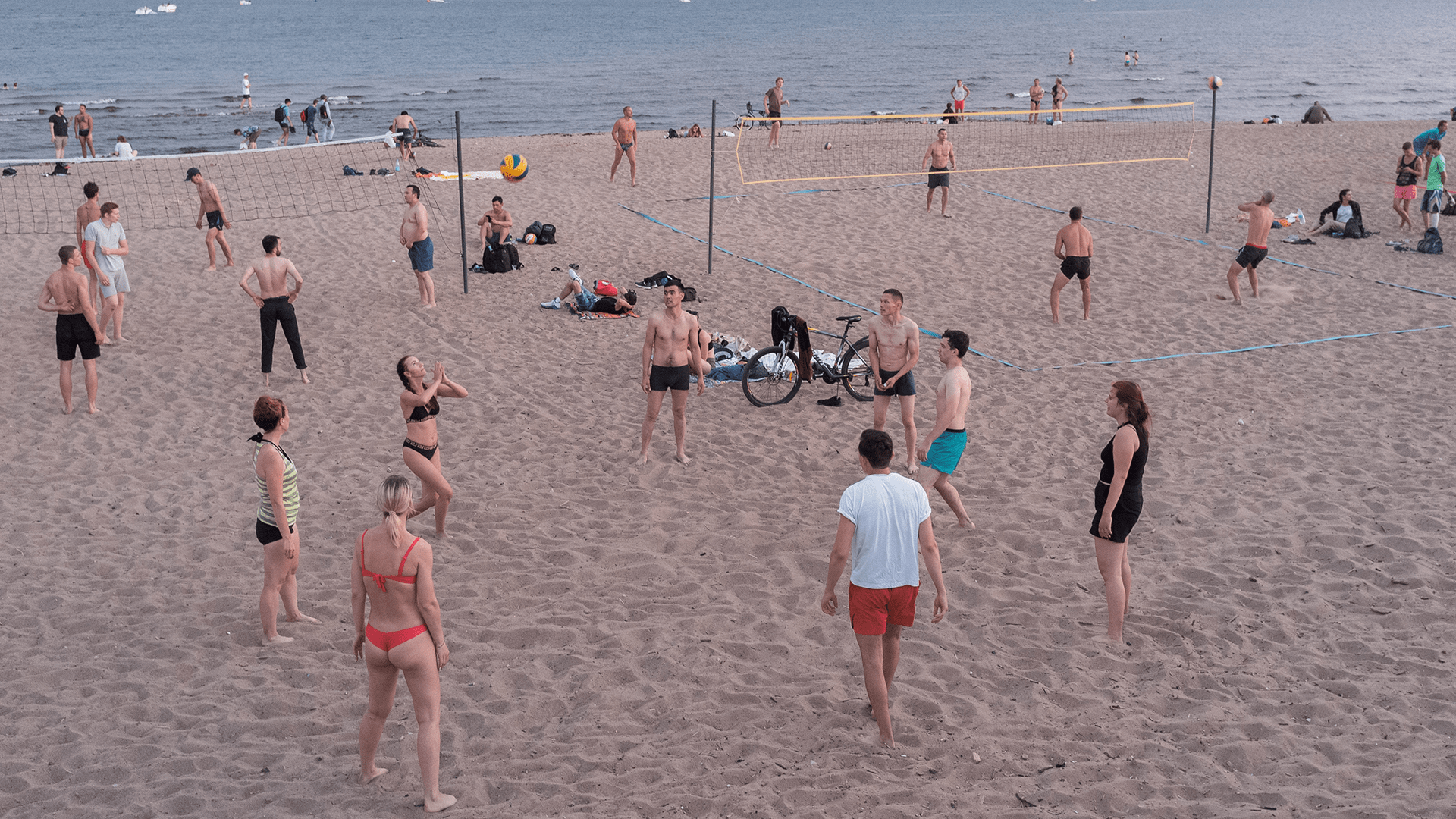Introduction
In today’s fast-paced world, where digital connections often overshadow personal interactions, building a community of outdoor enthusiasts offers an antidote to the hustle and bustle. For those who cherish mountains over malls and trails over treadmills, participating in such communities not only enriches personal experiences but also strengthens ties to the natural world.
Communities of outdoor enthusiasts serve as a haven for sharing adventures, exchanging knowledge, and fostering a collective love for nature. Both novice hikers and seasoned climbers find value in these groups, which connect people to like-minded individuals who share a passion for the great outdoors. Furthermore, such communities play a crucial role in advocating for environmental conservation, ensuring that the wilderness remains pristine for generations to come.
Through this blog post, we will explore the characteristics that define outdoor enthusiast communities, the myriad benefits of getting involved, and practical steps for joining or creating a community yourself. Whether you’re a lone wanderer seeking camaraderie or a nature lover eager to make a difference, this guide will provide valuable insights to help you discover your place within this vibrant network.
Understanding the Outdoor Enthusiast Community
Outdoor enthusiasts are united by a shared passion for nature and adventure. These individuals range from hikers and campers to birdwatchers and kayakers, each driven by a desire to explore the world beyond their doorstep. They possess a unique spirit of curiosity and resilience, often braving harsh conditions to achieve their next adventure milestone. This unyielding passion is contagious and serves as the bedrock for outdoor communities.
Technology plays an integral role in connecting outdoor enthusiasts across the globe. Social media platforms and specialized apps allow nature lovers to share experiences, plan trips, and form friendships regardless of geographic barriers. Websites like Meetup or platforms dedicated to specific activities (such as Strava for runners and cyclists) provide tools for organizing group outings and tracking personal achievements. In this digital age, technology bridges the gap between urban and rural, making it easier than ever to find fellow nature enthusiasts.
The influence of technology does not end at connection; it also facilitates the exchange of knowledge. Enthusiasts share trail maps, safety tips, gear reviews, and environmental concerns online, contributing to a growing repository of collective wisdom. This shared knowledge enriches the experiences of both new and seasoned adventurers, enhancing their exploration and bonding them more closely to the natural world.
Benefits of Involvement in Outdoor Communities
Engaging with outdoor communities offers countless benefits, starting with personal growth. Members often learn new skills, from basic survival techniques and first aid to more advanced abilities like rock climbing or navigation. These communities provide a platform for sharing expertise and experiences, encouraging individuals to push their boundaries and discover untapped potential.
Environmental conservation is another key aspect of outdoor communities. Many groups actively participate in local and global efforts to protect natural landscapes and wildlife habitats. By raising awareness and organizing events such as clean-ups and tree plantings, these communities contribute significantly to preserving the environment. Members often become advocates for sustainable practices, both within their activities and in their broader lives, amplifying the impact of conservation efforts.
There are also numerous mental and physical health benefits associated with active participation in outdoor communities. The physical activities common among enthusiasts—hiking, cycling, or kayaking—promote cardiovascular health and overall fitness. Simultaneously, spending time in nature helps reduce stress, anxiety, and depression, promoting mental well-being. The camaraderie and mutual support within these groups further enhance members’ sense of belonging and happiness.
How to Get Involved in Outdoor Communities
For those eager to join an outdoor community, there are several avenues to explore. Starting locally is often the easiest option. Many cities and towns have hiking clubs, cycling teams, or conservation groups that welcome new members. National organizations, such as the Sierra Club or the Appalachian Mountain Club in the U.S., offer both in-person and virtual membership opportunities.
Social media and online platforms are excellent resources for discovering and connecting with outdoor communities. Facebook groups, Instagram hashtags, and Reddit forums dedicated to specific activities or regions can introduce you to like-minded individuals. Online platforms like Meetup facilitate group outings and events, making it easy to find activities that match your interests and schedule.
Participating in events and activities is another effective way to engage with outdoor communities. Attend local workshops, volunteer for conservation projects, or join open hiking tours. These events provide opportunities to meet others who share your enthusiasm for nature, build friendships, and deepen your involvement in the community.
Building Your Own Community
If existing communities do not meet your needs or interests, consider creating your own. Start by identifying a niche or focus for your group—perhaps a specific activity, location, or conservation cause. Reach out to friends, family, and colleagues who share your passion, and utilize social media to promote your new community.
Encouraging engagement and growth within your community requires thoughtful planning and openness. Organize regular meetups and events, both in-person and online, to maintain momentum and interest. Encourage members to contribute ideas and take on leadership roles, creating a sense of shared ownership and responsibility.
Numerous successful outdoor communities have started this way and grown to make significant impacts. For example, organizations like Leave No Trace began with small groups passionate about environmental stewardship and grew into influential movements. By fostering a welcoming and dynamic environment, your community can likewise flourish and contribute positively to the outdoor world.
Conclusion
Building and joining outdoor communities offers a wealth of opportunities for personal enrichment, environmental advocacy, and social connection. These communities unite individuals with a shared love for nature, encouraging exploration, learning, and conservation efforts.
For outdoor enthusiasts, getting involved in a community can elevate your adventures and inspire you to make a positive impact on the environment. Whether you join an existing group or create your own, the rewards of community participation are immense.
Take the first step today and explore the possibilities that await you in the world of outdoor communities. Together, let’s cultivate a future where nature thrives and inspires.

